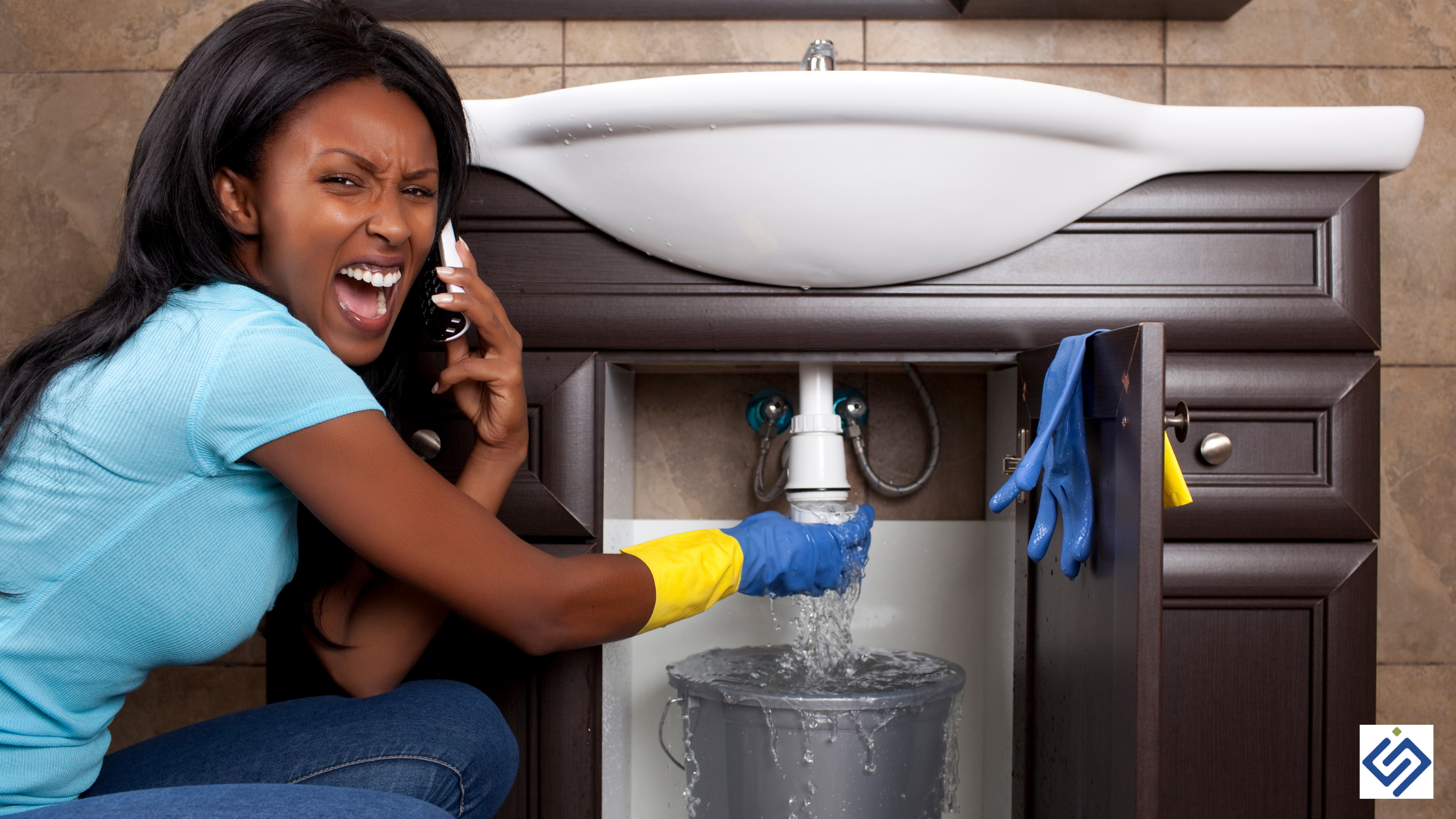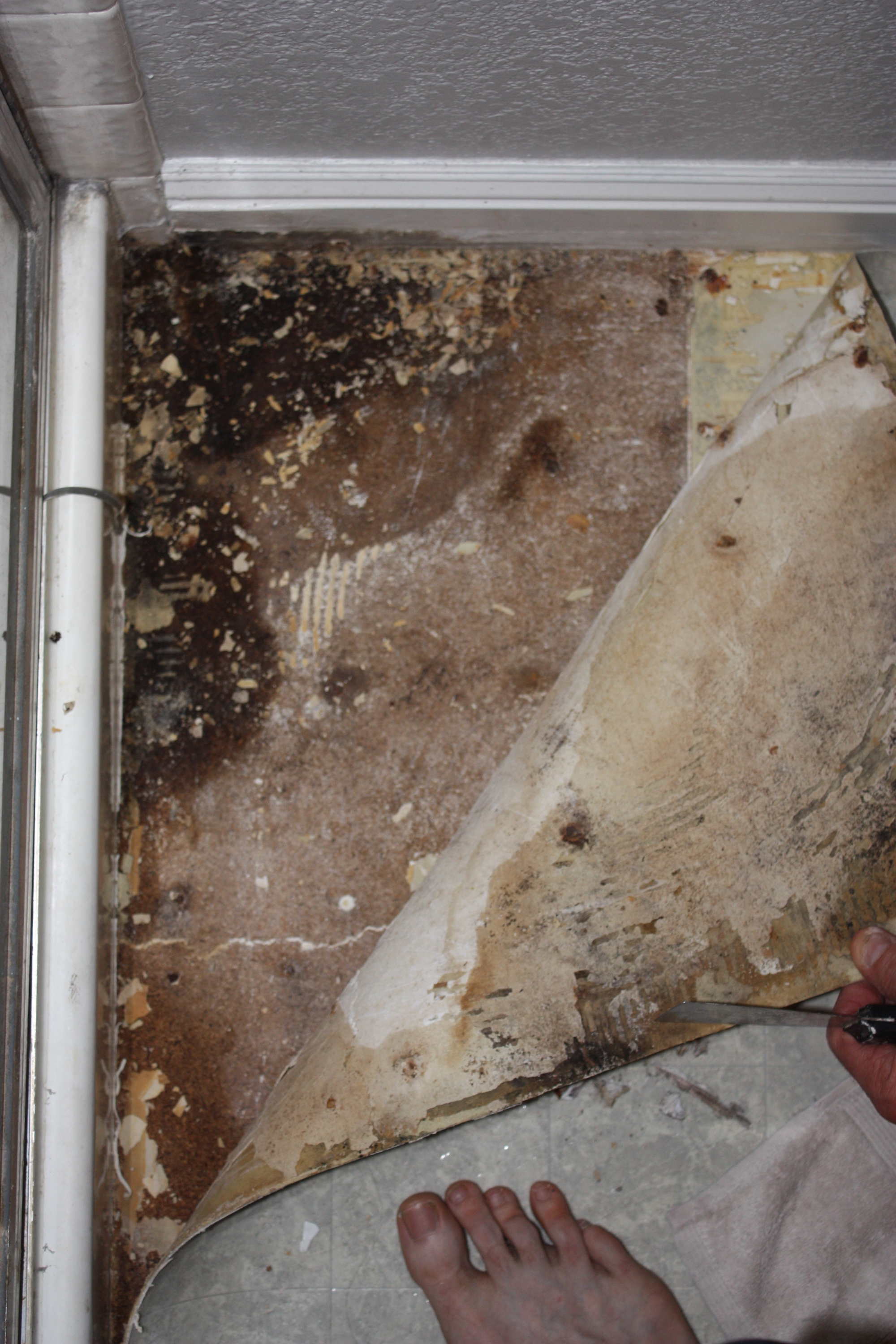Bathroom Water Damage - Ways To Avoid This Happening
Get Rid of Pests NowWe've unearthed the article pertaining to Looking for Signs of Water Damage in the Bathroom below on the web and reckoned it made sense to discuss it with you on my blog.

The bathroom is incredibly susceptible for damp buildup and also potential water damage because of the constant use water in it. This article provides basic examination strategies to help spotting water damage dangers.
The regular use water in the washroom makes it exceptionally at risk for wet buildup and potential water damage. By examining it routinely, you can decrease water associated damages.
The complying with set of assessments is simple to do as well as must be done when in every three months in order to keep your restroom healthy and also to stop prospective water damages caused by the bathtub, the shower, pipeline joints and also plumbing, sinks, closets, as well as the toilet
Do not neglect executing these assessments as well as be extensive while performing them. Keep in mind that these basic assessments can save you a great deal of cash by supplying early signs for water damages
Sinks and Cabinets
Sinks and closets are subjected to moisture and also moisture daily and are usually neglected. Check on a regular basis under the sink and also on the counter top above it. Fix any kind of drip in the trap as it may suggest drain issues. Look around the sink, slow draining pipelines may indicate an obstructed drain. Replace sink seals if they are fractured or loosened.
Bathtub as well as Shower
The shower and also tub need special focus as well as maintenance. Examine the ceramic tiles and change if split. Ensure that there is no missing cement between the floor tiles. Check and replace cracked caulking at joints where the wall surfaces satisfy the flooring or the bath tub. Clogged drains pipes as well as pipes troubles will protect against the tub from drying and also may show severe problems underneath the bathtub. Seek advice from an expert immediately to stop structural damages. Take notice of discolorations or soft locations around the bathtub wall surfaces as they may show an internal leakage.
Plumbing
Signs for water damage are difficult to spot given that most pipelines are mounted inside the walls.
Pay special focus to flooring as well as wall surfaces moisture as well as spots as they might indicate an undetectable plumbing trouble. Check wetness degrees in adjoining rooms also.
The Commode
The toilet is a susceptible water junction. Examine the water lines and also search for leaks around the bathroom seat, in the tube, and under the water tank. If you discover any type of indications of dampness on the flooring around the toilet, check for leaks in the toilet edge and also container seals.
Be aware that hanging toilet bowl antiperspirants raises the opportunities for clogs.
Water Damage Signs In The Bathroom To Avoid Cleanup
Musty smell
This is one of the easiest signs to catch because musty smells are so odorous. The damp, earthy, moldy smell should be a big red flag. The smell will develop when moisture gets trapped in surfaces, and begins to facilitate mold growth. Leaking pipes under cabinets, inside walls, and behind shower fixtures will cause moisture to stay trapped and not dry, which will lead to mold growth and spread. As soon as you notice any musty smells in your bathroom, have it checked for hidden water damage and cleanup signs.
Visible mold
If the smell isn’t there to give it away, sometimes you will actually see mold growth. Finding mold in your bathroom is a serious problem, because mold is very harmful to your health. By the time mold growth is visible, it also means that water damage has already occurred and been present for some time. The only way the mold problem can be resolved is to find the source of the moisture and get it stopped. To safely and adequately remove mold, you need to have professionals handle the remediation. Do not waste any time in getting mold problems addressed, fixed, and sanitized so that you can protect you and your family from the many respiratory symptoms caused by mold exposure.
Damaged floors
Bathroom floors should be able to withstand some exposure to water while still remaining in good condition. However, when excess exposure or water leaks occur, they will begin to damage even the most water-resistant flooring. If you notice any cracking, bubbling, staining, or warping on your bathroom floors, there is probably a water leak somewhere causing the distortion. If you notice areas of the floor have become softer, or even have a spongy feeling, there is probably damage to the subfloor. Subflooring is typically made up of plywood. When plywood is exposed to water or moisture, it will absorb it. Once it has become saturated, the weight of the excess water will cause the wood to swell and soften. Check the floors in your bathroom frequently to catch any of these sings before they lead to damaged subflooring.
Changes on walls
When water leaks behind walls, it will cause changes in the drywall. Peeling plaster, blistering paint, and soggy wallpaper are all good indicators that excess water is building up behind the wall. Water leaking behind drywall will cause it to swell and be soft to the tough. If you start to notice gaps along the trim of your walls, or where tile meets the wall, it could also be a strong indicator that there is a leak behind the wall. Any changes, distortion, or damage on the walls should be evaluated as soon as you notice it to prevent further water damage and cleanup.

As a fervent reader about How to Fix a Water Damage Bathroom, I assumed sharing that piece of content was beneficial. Are you aware of somebody else who is curious about the topic? Please feel free to promote it. Thanks so much for taking the time to read it.
Click For More Info